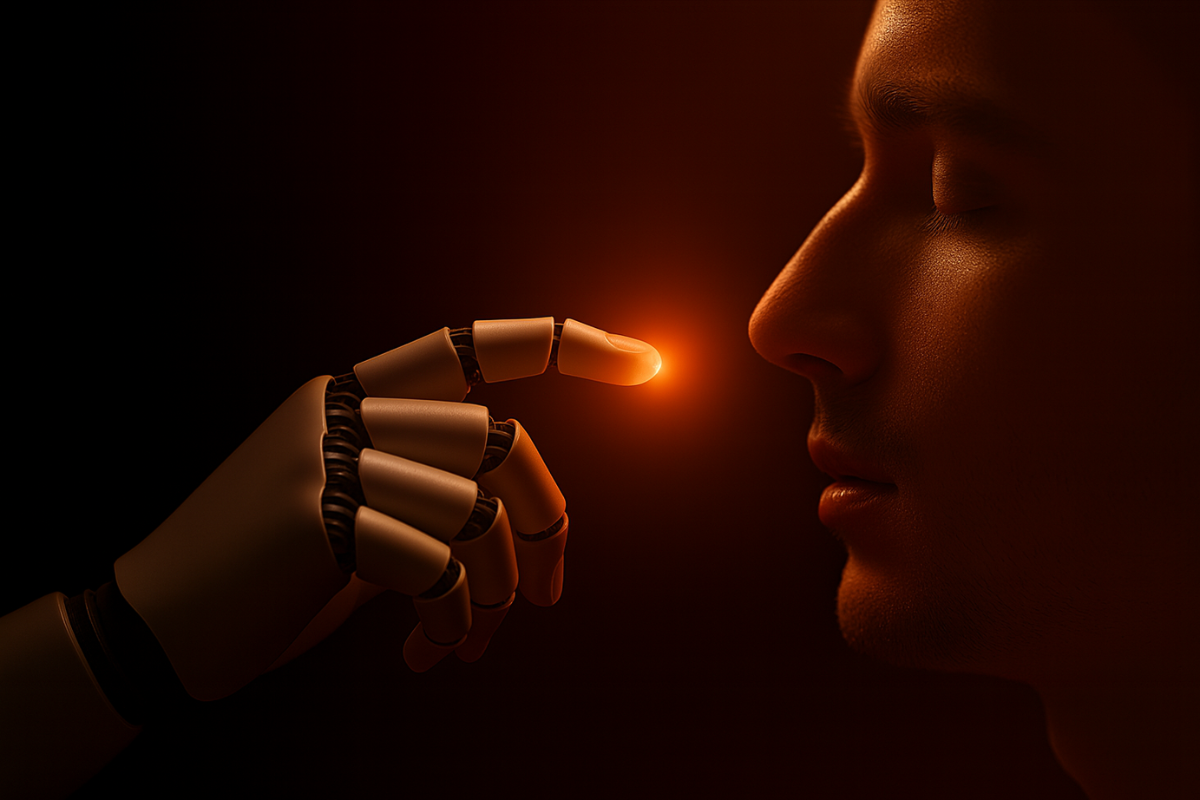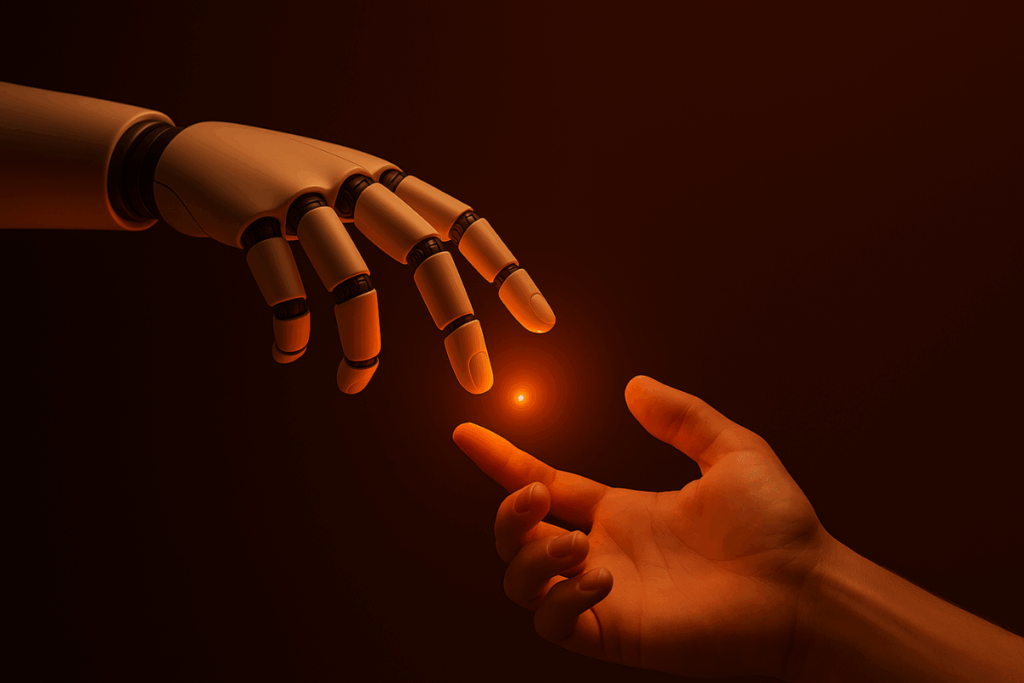Safety in the workplace has historically been a priority for companies, but with the advent of artificial intelligence (AI), we are facing a paradigm shift. It is no longer just a matter of protocols and human supervision:AI workplace safety makes it possible to identify unsafe behavior automatically, anticipate incidents and protect workers with a precision that previously seemed unattainable.
Real-time detection: the true value of AI

One of AI’s greatest contributions to workplace safety is its ability to operate in real time. Artificial vision systems, intelligent cameras and connected sensors can analyze the behavior of workers while they perform their tasks and detect patterns that indicate danger: incorrect postures, entry into restricted areas, improper use of equipment or distractions in critical areas.
The difference with traditional systems is clear: while human controls can fail due to fatigue or carelessness, AI algorithms are not distracted and process large volumes of data constantly. This not only increases efficiency, but also reduces reaction time to risky situations.
Data-driven prevention: beyond reaction

AI not only detects risks on the spot, it also allows us to predict them. By analyzing historical data on incidents, employee behavior and environmental conditions, it is possible to generate predictive models that warn of potential accidents before they occur.
For example, if an operator shows repetitive signs of fatigue or systematically breaches certain protocols, the system can notify the supervisor before an incident occurs. Thus, it not only corrects, but also anticipates.
Adaptability to the environment
Each industry has its own particular risks. In construction, the hazards are at heights; in manufacturing, in machinery; in logistics, in loading and unloading. The advantage of AI-based systems is that they can be trained specifically according to the environment and adapted to the standards and needs of each sector.
This means that the same technology can have different applications in an industrial plant, a warehouse or a construction site. Flexibility is key to an effective and customized implementation.
Resistance to change: a cultural challenge
Despite its benefits, the introduction of AI systems for occupational safety may generate doubts or resistance from employees. Some may interpret it as a form of excessive surveillance. Therefore, it is essential to accompany the implementation with a clear communication strategy that emphasizes that the objective is to protect and not to control.
Involving teams in the process, showing concrete results and ensuring data privacy are key steps to achieving natural and positive adoption.

Conclusion: towards an intelligent prevention culture
If your organization is exploring innovative ways to take care of your team, visit Prodity. At Prodity Software they combine advanced technology with a people-centric vision, developing AI solutions that help companies create safer, more efficient and future-proof work environments.
Frequently Asked Questions (FAQs)
Can AI identify all types of occupational hazards?
AI can detect a wide variety of risks, especially those related to human behavior, equipment use and environmental conditions. Its accuracy improves with training and customization according to the work environment. This makes it a very effective tool for enhancing workplace safety.
Do employees need to be trained to work with these technologies?
Yes, although it is not necessary for them to know the technical operation. It is essential to train them in the benefits, uses and scope of the system, so that they understand that its purpose is to protect, not to monitor. Training is an essential component of a modern occupational safety culture.
How secure are these technologies from a privacy standpoint?
Very secure, provided they are implemented responsibly. Good practices include anonymizing data, limiting access to sensitive information and complying with data protection regulations such as GDPR or its local equivalent. In this way, it is possible to maintain high standards of workplace security without compromising privacy.
IA occupational safety is marking a before and after in the way we protect workers. With accessible, scalable and adaptable technologies, companies can reduce accidents, improve their compliance indicators and strengthen their organizational culture based on prevention.








